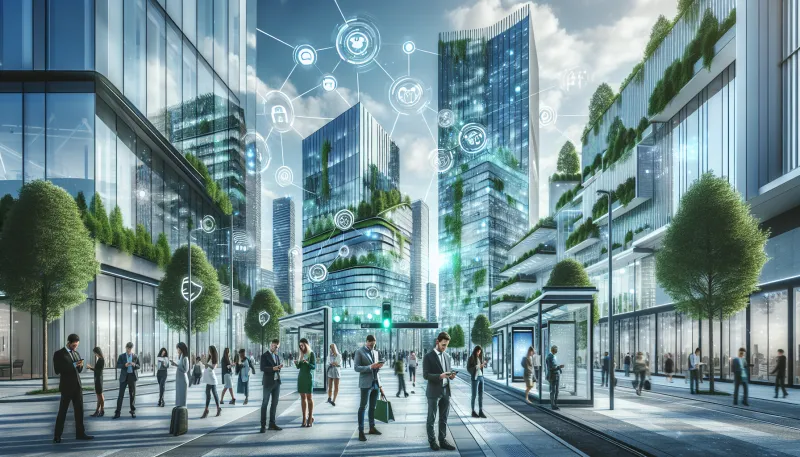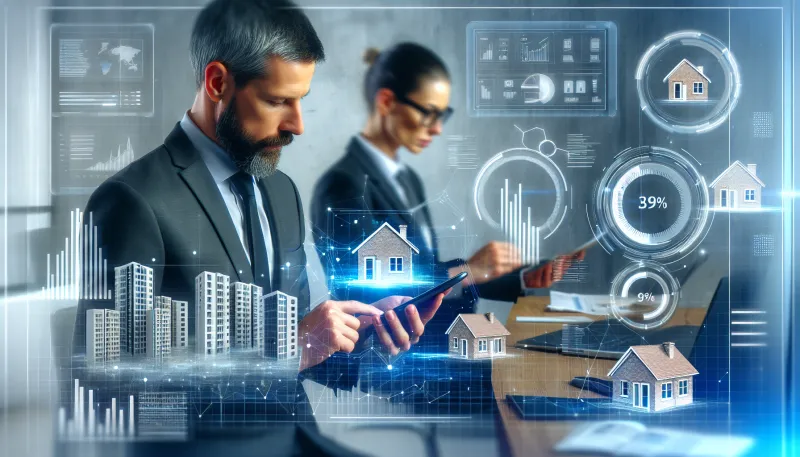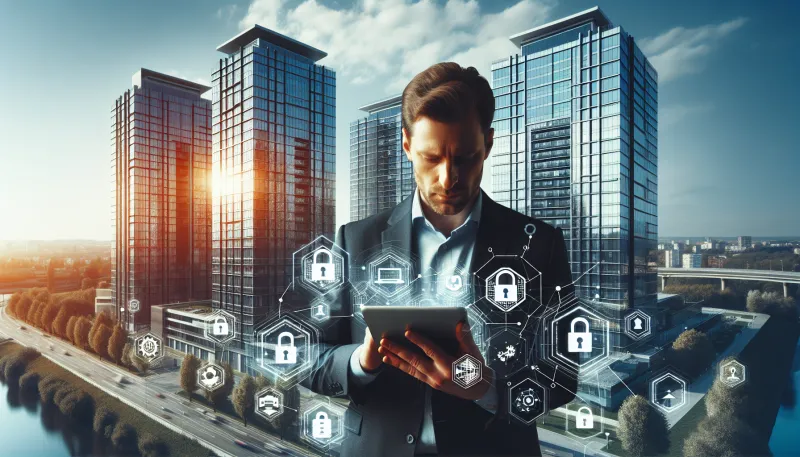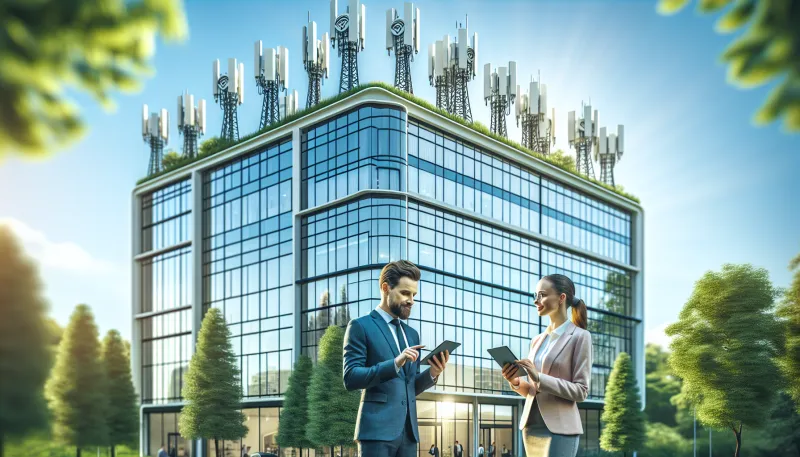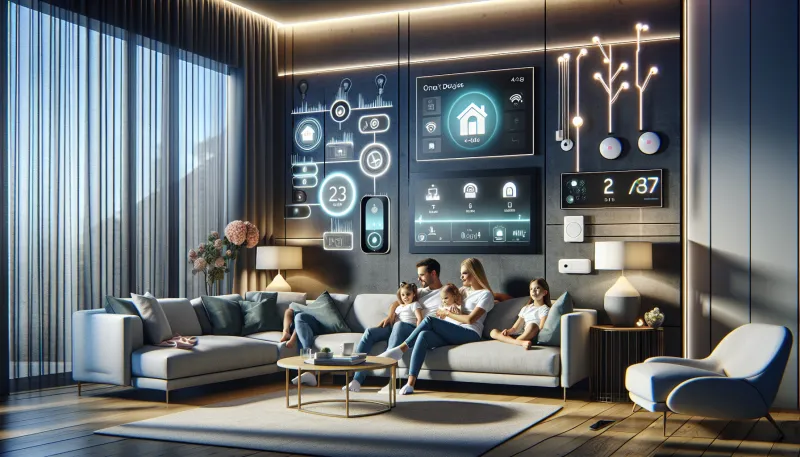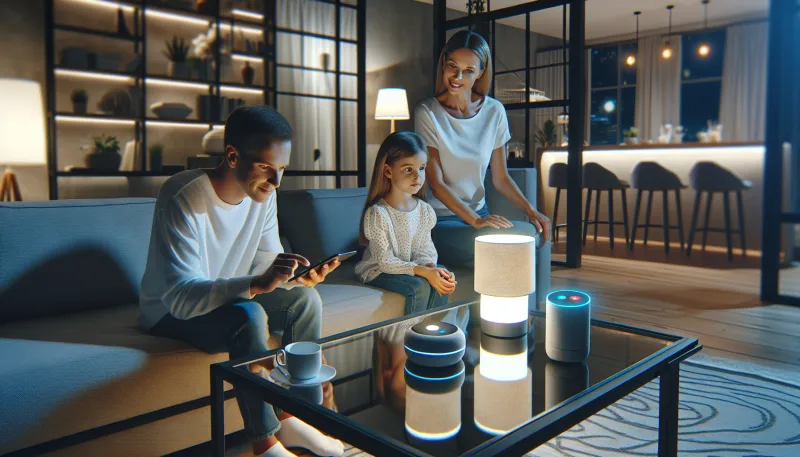
Smart Homes: The Intersection of Technology and Lifestyle
- The evolution of home automation
- Key components of a smart home
- Enhancing convenience through automation
- Energy efficiency and sustainability
- Security and privacy in smart homes
- Personalization and adaptive living
- Integration with wearable and mobile technology
- Challenges in smart home adoption
- The future of smart homes
The evolution of home automation
Home automation has evolved from simple programmable timers to complex interconnected devices that communicate using the Internet of Things (IoT). Early systems were often expensive and complicated to install, but advances in wireless technology and user-friendly apps have made smart home technology accessible to a broader audience.
Key components of a smart home
A smart home typically includes various components such as smart lighting, thermostats, security cameras, voice assistants, and smart appliances. These devices connect to a central hub or network, allowing users to control and monitor their home environment remotely through smartphones or other devices.
Enhancing convenience through automation
Automation transforms everyday tasks by enabling scheduled or sensor-based actions like adjusting lighting based on time of day or detecting motion to turn on security cameras. Voice commands simplify interactions, allowing users to control multiple devices hands-free, greatly enhancing daily convenience.
Energy efficiency and sustainability
Smart homes promote energy savings through intelligent control of heating, cooling, and lighting systems. For example, smart thermostats learn inhabitants' habits and optimize energy use without sacrificing comfort. This not only reduces utility bills but also contributes to environmental sustainability.
Security and privacy in smart homes
Advanced security features such as smart locks, video doorbells, and surveillance cameras provide real-time monitoring and remote access control. However, the collection and storage of personal data raise privacy concerns, making it essential to choose systems with strong encryption and trustworthy data practices.
Personalization and adaptive living
Smart home technology adapts to individual preferences, creating personalized environments that respond to occupants’ moods and routines. From adjusting lighting colors to setting preferred music or temperature, adaptive systems foster a tailored living experience.
Integration with wearable and mobile technology
Wearable devices and smartphones act as gateways to smart homes, allowing users to interact with their environment anytime, anywhere. Integration extends capabilities such as health monitoring syncing with home systems to adjust lighting or temperature based on physical activity or sleep patterns.
Challenges in smart home adoption
Despite many benefits, smart home adoption faces challenges including high initial costs, compatibility issues among devices, and cybersecurity risks. Consumers must navigate a complex market and remain informed about software updates and potential vulnerabilities.
The future of smart homes
The future promises deeper integration of artificial intelligence and machine learning to create homes that predict needs and proactively manage resources. Emerging technologies like voice recognition, augmented reality, and 5G connectivity will further enrich the smart home experience.
Tommy is a property-passionate journalist who covers the forces shaping housing and the built environment. With a data-driven approach and a reporter’s curiosity, he writes on market cycles, urban development, PropTech, and policy—always connecting numbers to everyday lives. [Name]’s work blends clear analysis with on-the-ground reporting to help readers navigate trends, opportunities, and risks across residential and commercial real estate.



